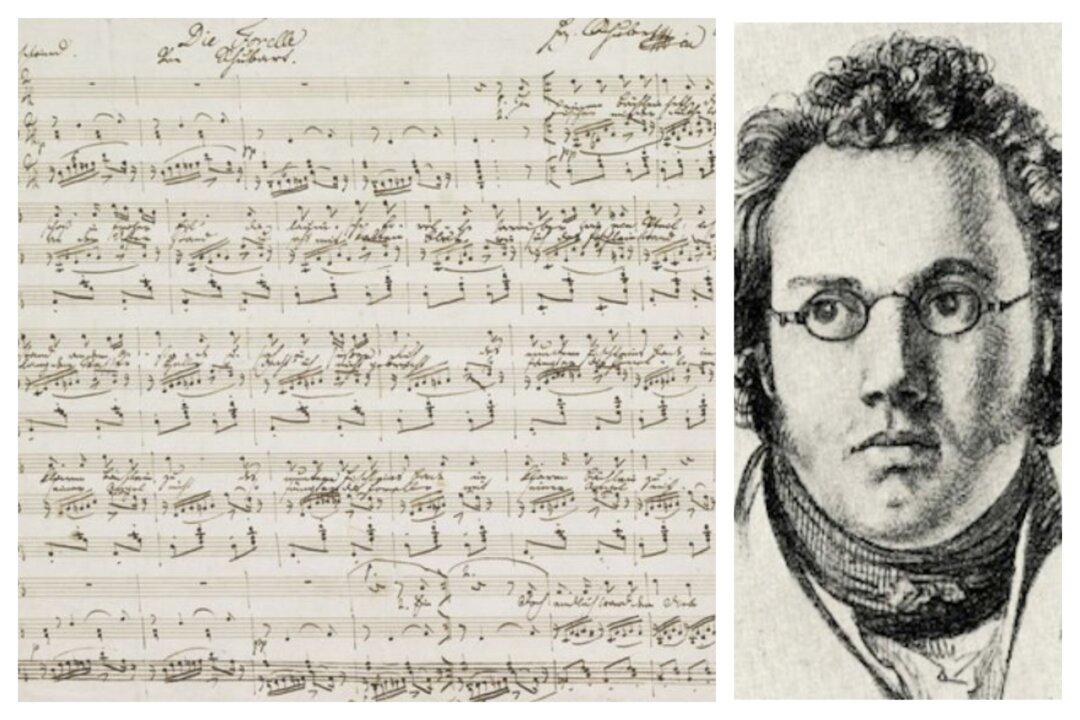It begins simply, with eight lonely, unaccompanied notes in the right hand played softly at the very slow tempo indication of “lento.” Without harmony to define them, the notes could fit into a number of different keys. The little tune repeats, now harmonized in comfortable C major. But then a chord pivots the key toward a chillier A minor. Suddenly, out of nowhere, the listener is plunged into an allegro torrent of rapidly cascading notes pitted against the opening theme, which is now angrily re-harmonized in an upward struggle against the falling notes. (Listen)
A Masterful Achievement
This is of Frederick Chopin’s Etude No. 11 in A minor, from the set of 12 etudes, Op. 25, known in English as the “Winter Wind” etude. The nickname, not supplied by Chopin, is a case study in the application of extra-musical titles to wordless musical compositions. Of unknown origin, the title captures the cutting, brittle sound of the descending right-hand notes.Chopin (1810–1849) composed three sets of piano etudes, all before the age of 30. His Op. 10 etudes, published in 1833, made the Parisian public sit up and pay attention to the new arrival from Poland. This prompted the writing of a second set, Op. 25, published in 1837. A short, third set followed in 1840 but is generally thought to be less masterful.






